June 2010, Europan 10

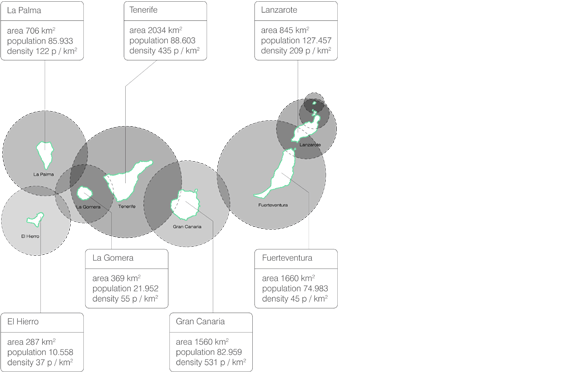
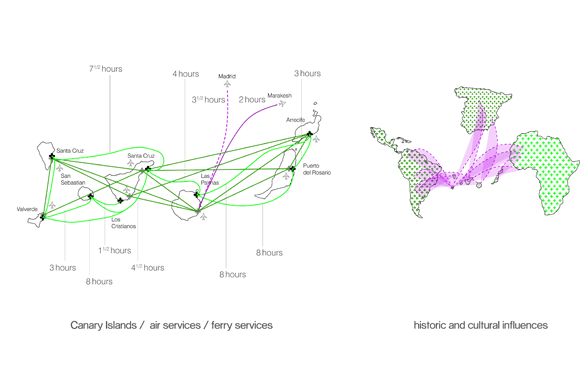
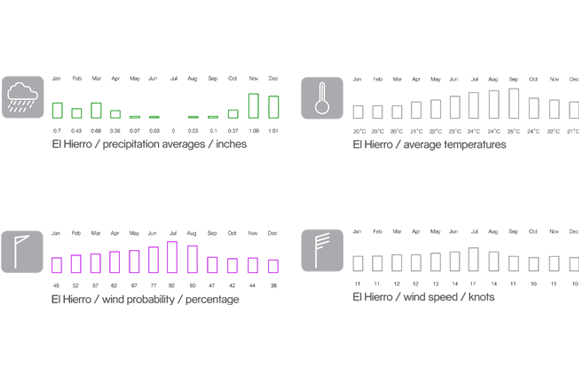

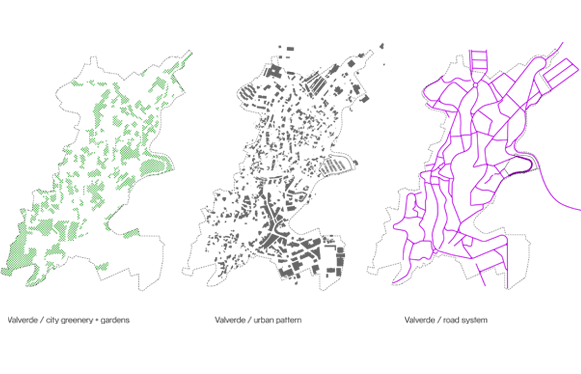
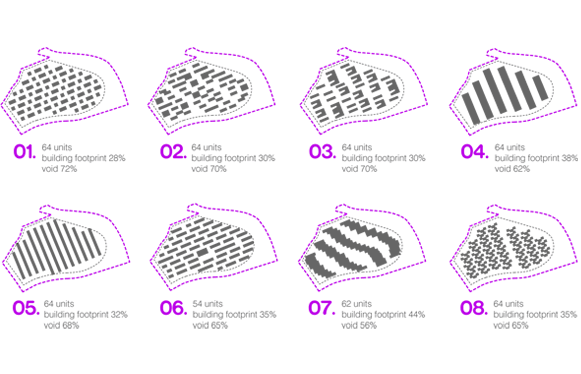

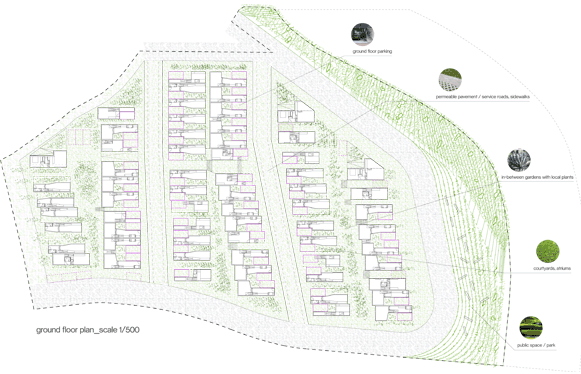














valverde / el hierro, canary islands, ES, 2009,
international competition, preselected
team: martin lukac, peter malaga
Autophyte urban concept tries to combine the traditional „loose“ urban fabric of Valverde ( formed by grid of steep lanes, whitewashed houses and large gardens) with a more dense urban typologies, enabling municipal requirements. The final scheme was derived from volumetric models testing diverse typologies against the site conditions and exisiting urban context.
This process forms a hybrid urban texture of units generated from single-family house with garden and simple row houses scheme, which is subsequently transformed and modified according the existing conditions of the site ( environmental and climatic conditions, topography, connections etc.). Very important determining factors have been the site topography, new traffic connection with the existing town, parking for units and existing vegetation. These modifications result in an adaptive urban fabric responding to its environment. This fabric consists of double-rows of units. The orientation of units from north-east to south-west is determined by two main slopes in the topography of the site. This orientation allows the units cascade along these contours in different height levels and provides views towards the ocean and surrounding landscape. In this direction the rows are shifted and perforated in order to create gaps, crevices and voids for courtyards and atriums for greenery, parking places and pedestrian paths. These interstitial spaces create the distances between units and allow the flux of air and greenery, pedestrian movements and social interaction through the urban texture. Phyto-lava flows dissolve the urban volumes, /de/form the units and create organic mixture of houses and gardens referring to the existing urban fabric of the town.

























































